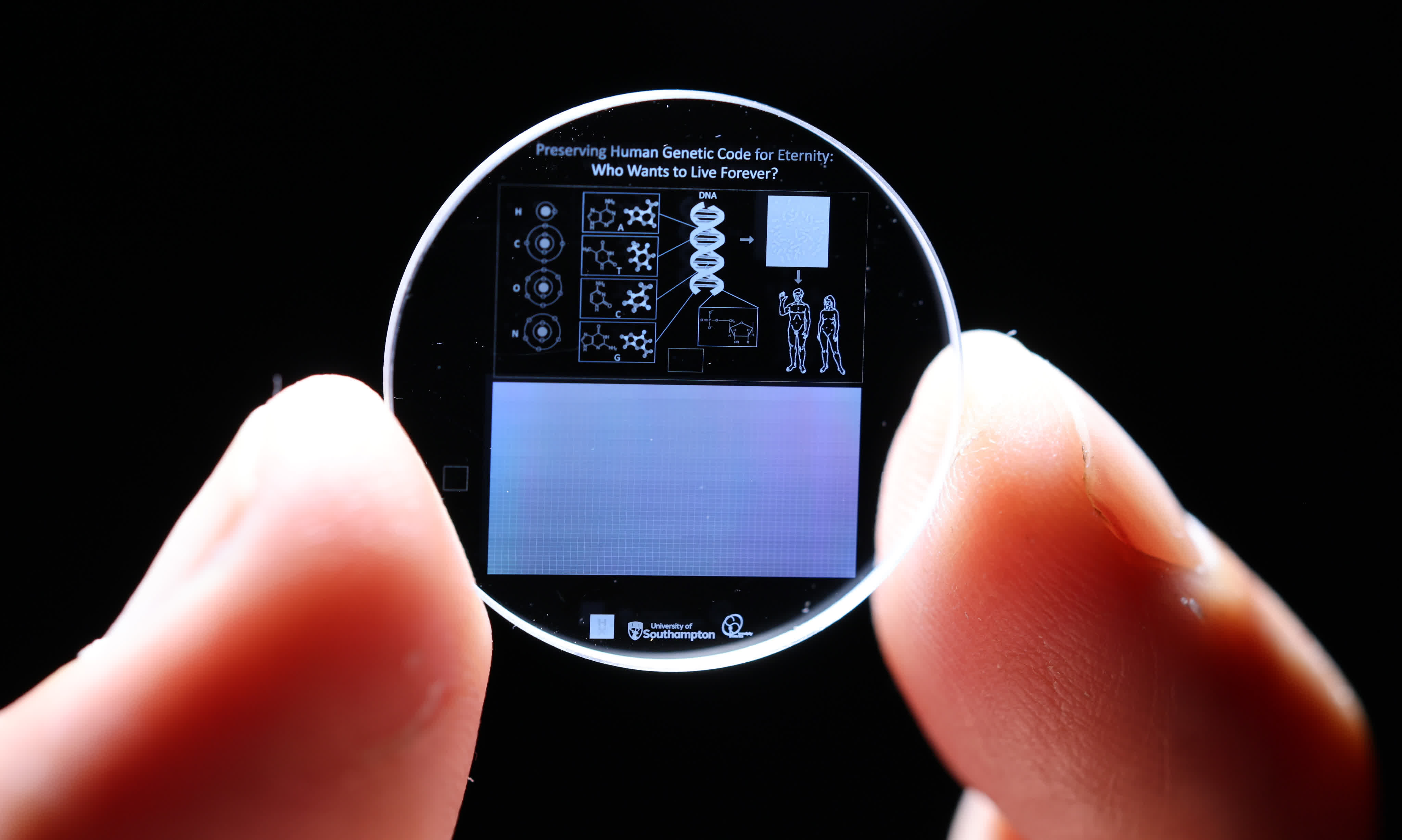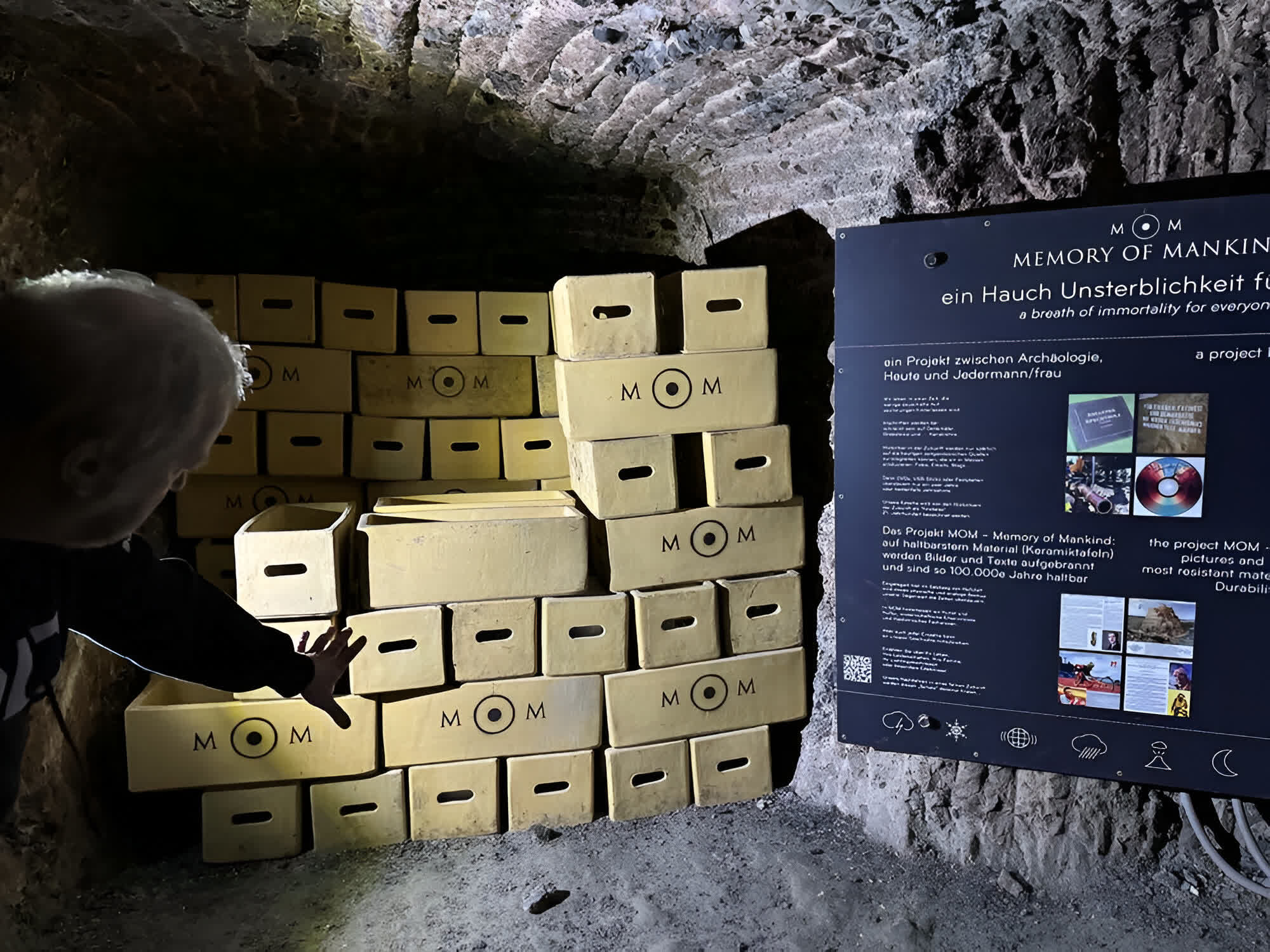Posts: 459 +7
Why it matters: If you could back up all the genetic blueprints for life on Earth to be revived millions of years from now after a mass extinction event, how would you do it? Scientists might have cracked the code – by encoding the entire human genome onto a data storage crystal that can theoretically last forever.

Researchers at the University of Southampton in the UK successfully stored the entirety of the human genome sequence onto an indestructible 5D optical memory crystal no bigger than a penny. The indestructibility claims are no joke since the discs can withstand temperatures up to 1,000°C, cosmic radiation, and even direct impact forces of 10 tons per cm2.
Developed at Southampton's Optoelectronics Research Centre, the 5D memory crystals use ultra-fast lasers to inscribe data into "nanostructured voids orientated within silica." The '5D' in the name comes from the fact that, unlike 2D markings on a piece of paper or tape, this method uses two optical dimensions and three spatial coordinates to write throughout the material. The team claims this technique allows for unprecedented data density of up to 360 terabytes in the largest size, with no degradation over billions of years.
The goal of this effort is simple. The researchers imagine that in some far future, where science allows the reconstruction of organisms from DNA alone, the genome map stored in this eternal crystal could provide a failsafe blueprint. Beyond just reviving humans, the crystals could also preserve the genomes of endangered plant and animal species facing existential threats today from climate change, habitat loss, and other environmental crises.

Furthermore, if humans can't figure out how to recreate organisms – or die out before doing so – the scientists designed the crystal so that other intelligent beings can retrieve it.
"The visual key inscribed on the crystal gives the finder knowledge of what data is stored inside and how it could be used," said research lead Professor Peter Kazansky.
The key depicts the basic molecular structure of DNA's nucleic acid base pairs, how they form the iconic double helix structure, and even a nod to the famous "Pioneer Plaque" diagrams once carried by NASA's interstellar probes to represent life on Earth. The researchers have already deposited the first of these genome crystal backups into an underground salt mine archive in Hallstatt, Austria, meant to preserve records of human civilization.
As sci-fi concepts go, reviving Earth's species from these eternal data crystals may still be far-fetched. Still, it's exciting to think that our AI descendants or another form of intelligent life could decode our DNA blueprints billions of years after we're gone.
Image credit: University of Southampton
Indestructible quartz crystal can store 360TB of data for billions of years